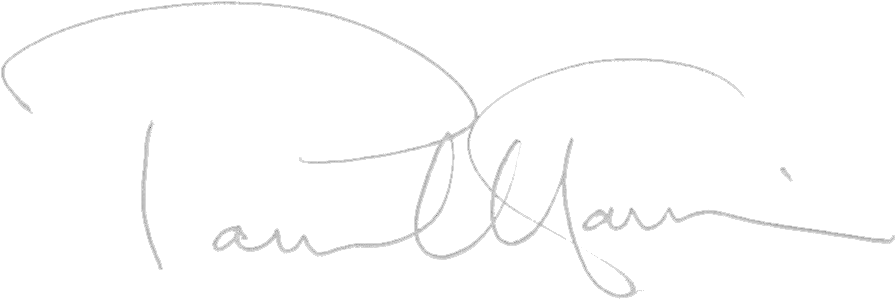Welcome to this sixth blog considering the content of my new book, The Clarinet. The aim of the book is to present a really thorough discussion of all aspects of clarinet playing, to explain what really happens as we play (much of that scientifically) and how we can learn to develop real control of this wonderful instrument and its music.
In this article we’ll be looking at Performance and Repertoire. Of course, the whole point of developing our ability to play the instrument is to allow us to enjoy the wonderful experience of playing music – whether chosen from the marvelous canon of specially written works (dating right back to the early 18th century) or taking on a clarinet part from the enormous and glorious repertoire of ensemble, chamber and orchestral music. And we want to be able to play this music without having to devote any brain space to operating the instrument! This gives us what I call the ‘power of intention’: this is what I want to do with this music at this moment and I know instinctively that I can do it – so I do. Having said that, it’s very important to understand that this process can happen at any level with the right kind of preparation and practice.
It’s useful first to address what it means to play with a sense of musical style. Each musical-historical period is considered with many practical ideas – how playing music written in each particular period can be made more authentic through control of tone, articulation, and phrasing for example. Readers are also encouraged (via some intentionally provocative thoughts!) to begin to come to their own unique decisions regarding style… would you put a jazz cadenza in a performance of the Mozart Concerto?!
Thinking about how we develop our own interpretation of the music we play is also important. Maybe the most fascinating part of being a musician. It’s all about emphasis and subtle punctuation – listen to people speak; how do they convey the particular meaning of the words they use? Listen to actors deliver their lines. In speech we have added variables that we can’t put to quite the same use in music – rhythm and speed of delivery for example. We can only employ these in rather more delicate and restrained ways. But considering all these devices we begin to give our meaning to the music we play.
Here's an example. I’m fascinated by the significance of upbeats, and how we can use them to give energy, motion and direction to our phrasing – and, more broadly, our whole performances. I describe the connections between the physical act of walking and the significance, impact and consequence of up- and down- beats. Which notes, or indeed parts of a note, form the all-important upbeat moving our phasing onwards (and upbeats certainly don’t have to come at the end of a bar). Which bars can become upbeat bars? And as we delve deeper, we find we can simultaneously have a number of ideas working together to create what I call Quantum Phrasing. I hope you’ll become equally intrigued! Take the example below from the first movement of Brahms’ Sonata Op 120, No 2; the F after the third beat can be played both as a resolution of the appoggiatura and as part of the upbeat to the next bar:
There are also more practical considerations discussed in this chapter– the best and worst! – foods and drinks to have before a performance; how best to warm up if there’s limited time; how to overcome a dry mouth or tight throat – and a lot more besides!
To learn more, buy a copy of The Clarinet here: https://www.fabermusic.com/shop/paul-harris-the-clarinet-p439043


